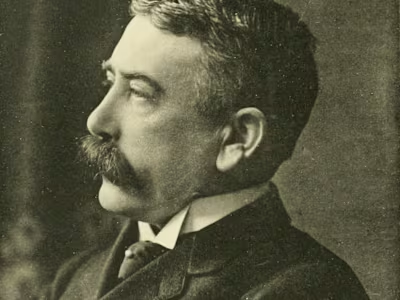An Extract on ‘Rhetoric’
The systematic study of oratory is estimated to have originated in the Italian city of Syracuse; where Corax, one of the early rhetoricians, taught the art of oratory and offered training in judicial pleadings. His approach of teaching oratory was later carried to Greece and Athens by the Sophists, where significant political and cultural reforms allowed for a more democratic, social and cultural environment. This caused a growth in power among the middle class, which consequently helped in elevating the study of rhetoric to a great level of popularity. Within this new context, gaining success was more dependent on one’s skill in persuasive speaking rather than on class or status. Debate and oratory took over the political sphere and became measures by which to judge who were deemed educated and influential and who were not.
The Sophists were influential, and often successful, figures who offered various services such as teaching, speechwriting, and public speaking. They taught their students how to come up with persuasive arguments as well as teaching them the right skills to master the art of verbal discourse. Besides this, the Sophists claimed that they were able to endow their students with the ability to gain mastery over others merely by using speech. Their use of the method of dialectic in their teaching allowed students to persuasively argue for and against any case using probable and widely accepted notions, which was a concept then known in Greek as Dissoi Logoi.
The Sophists were also famous for their radical ideas on truth. Unlike Plato, who believed that a higher knowledge of truth exists in the ideal realm of forms, the sophists saw truth to be a subjective notion. In their many travels, they developed a belief that truth is relative to place and culture and were skeptical about the existence of a divine source of knowledge. They acknowledged the use of Kairos, a notion that considers in its search for truth all factors; such as time, circumstance, opportunity, as well as opposite points of views.
Partly because of their radical views on truth and morality, as well as their use of language to empower themselves, The Sophists were seen by some as mere opportunists chasing for their own success and wealth without any remorse or conscience. Plato regarded them as: ”masters of the art of making clever speeches” and accused them of deceit, while Xenophon simply labeled them “masters of fraud.” The sophists were also held in suspicion simply due to the fact that they were foreigners and strangers to Greek culture.
Finally, the article moves on to talk about key figures in the development and study of rhetoric during this period of time. The first of these figures being Gorgias. Besides being known for his skeptical philosophy, Gorgias was a big believer in the power of language, he held the opinion that a good rhetorician was capable of convincing anyone of anything. He believed that rhetoric contained a magical quality in influencing people, which drove him to experiment with the ‘sound of the words’ in order to captivate and hypnotize the audience. He was probably most remembered in the history of rhetoric for his contribution in developing various stylistic devices including antithesis; this interest translated itself to his sophist belief that two antithetical statements can be made on any subject.
Like Gorgias, Protagoras, another key figure in rhetoric, subscribed to the various prevalent views of the Sophists. He adapted antilogike, a method of teaching that requires students to advance arguments for and against a variety of claims, as was commonly based on the Sophists’ interest in Dissoi Logoi. However, not all Sophists were unified in their beliefs, Isocrates for example was critical of the early Sophists that preceded him and was specifically interested in improving and reforming Greek political issues using the aid of rhetoric. Based on this, he insisted that his students should have a high moral character, and that rhetoric should be used strictly for advancing Greek culture and ideas. The last of the Sophists to be mentioned in the article is Aspasia, a female rhetorician, who was active even in the face of numerous obstacles that detained females from exercising their freedom as citizens. Even within this context, Aspasia’s reputation is astonishing. She was said to have a great knowledge of politics and was even reported to have taught the art of rhetoric to Socrates himself. With the mention of the last of the Sophists in the article, the pattern of innovation, wit, and success becomes apparent between these individuals. Their radical ideas concerning education and truth led to a new discovery of the true power of language and in the ways this power can be used to influence the masses.
Like this project
Posted Jun 25, 2023
The systematic study of oratory is estimated to have originated in the Italian city of Syracuse; where Corax, one of the early rhetoricians, taught the art of …
Likes
0
Views
64





